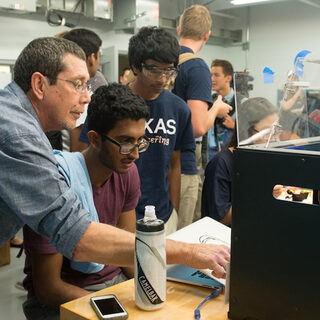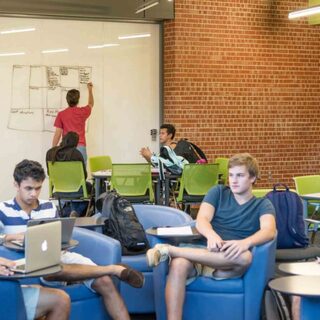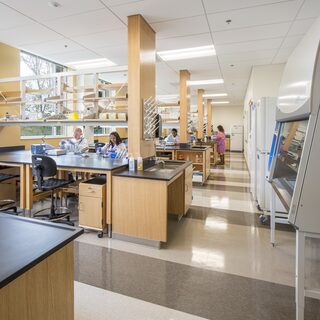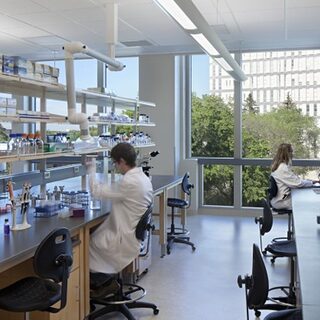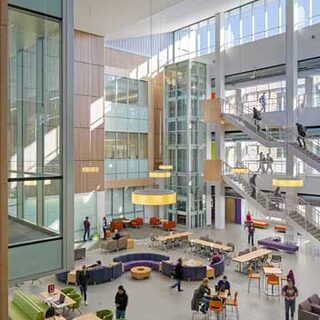Tradeline's industry reports are a must-read resource for those involved in facilities planning and management. Reports include management case studies, current and in-depth project profiles, and editorials on the latest facilities management issues.
Latest Reports
Maker Spaces: The Bridge Between Higher Education and Industry
A hands-on, interactive, and problem-oriented approach to learning is taking campus planning and design by storm, focused on equipping students with the skills they need to tackle near-term and future challenges globally. Increasingly, universities are recognizing students’ desire to connect their educational experience with real-world applications, and “maker spaces” provide that intersection. They also appeal to big industry and help to connect students with job opportunities, particularly in STEM fields.
New Learning Paradigms in STEM Facilities
The College of New Jersey (TCNJ) is designing new facilities to respond to the experiential, project team-based learning paradigms set forth in today’s cross-disciplinary agenda for science, technology, engineering, and math. With one new construction and a renovation project underway, TCNJ hopes to reap the same benefits realized at other institutions, which experienced increased applicants, enrollment, and STEM majors, as well as more effective pedagogies and greater research output.
Planning Strategies for STEM Facility Construction and Renovation
Colleges and universities across the US are struggling to provide necessary STEM-focused learning and research environments in facilities that were constructed decades before an acronym was created to unify the science, technology, engineering, and mathematics disciplines. Institutions are addressing this concern by creating comprehensive, vision-driven plans to identify the facility renovation, construction, and repurposing required to meet their objectives.
Transforming Structure and Culture of Medical Education
The University of Saskatchewan has renovated and modernized its health sciences education and research facilities to accommodate shared operations, space, and technology, using change management strategies to help faculty, staff, and students move from silos to a team-based model. The transformation incorporates institutional, as well as physical, changes, including restructuring established administrative processes and hierarchies.
Michael B. Enzi STEM Facility
The University of Wyoming’s three-story, 107,000-sf Michael B. Enzi STEM Facility houses nearly 36,000 nsf of laboratory and laboratory support space for the departments of Chemistry, Life Sciences, and Physics & Astronomy. Facilities include 32 undergraduate teaching labs for first- and second-year STEM courses. Virtually every UW student will take several classes in the building, which can accommodate 900 students at a time.

